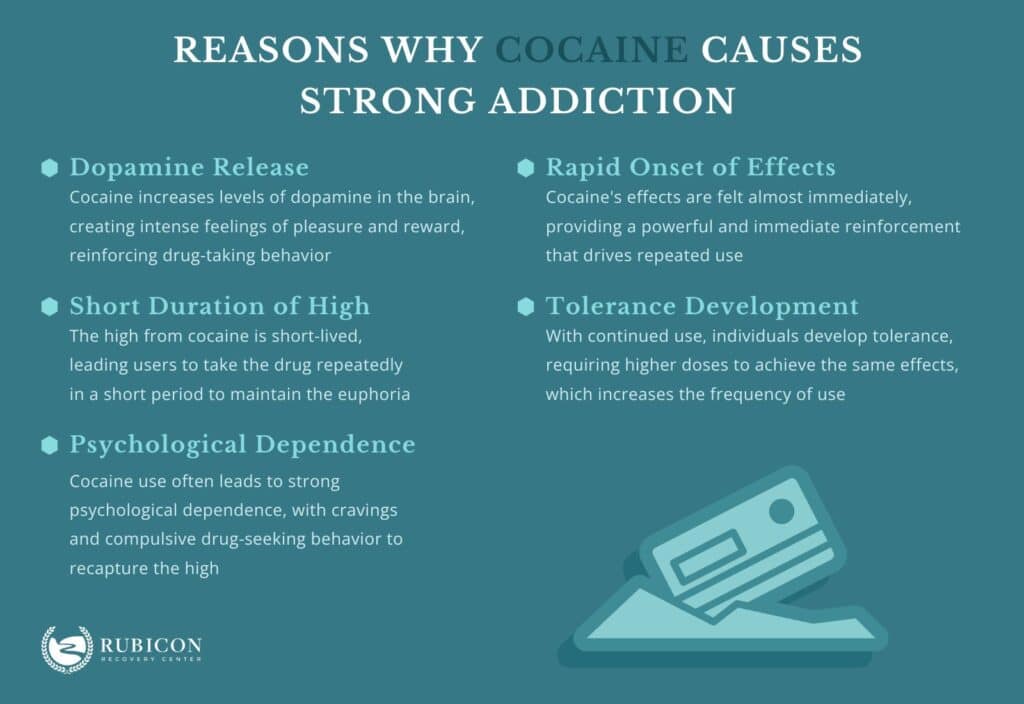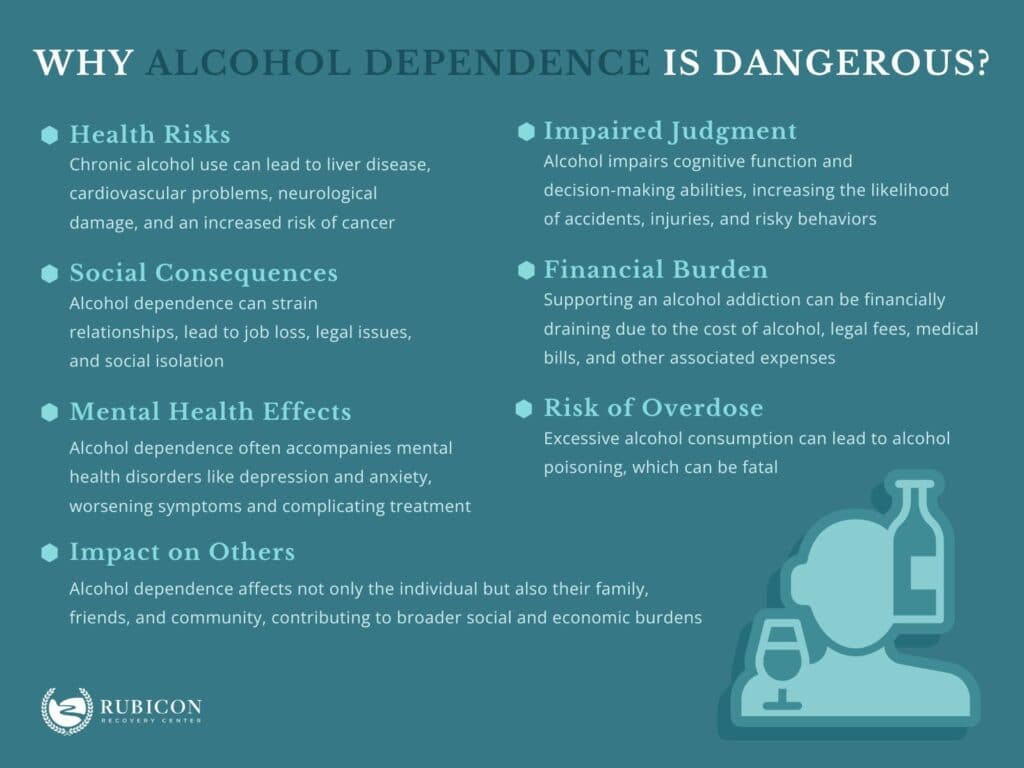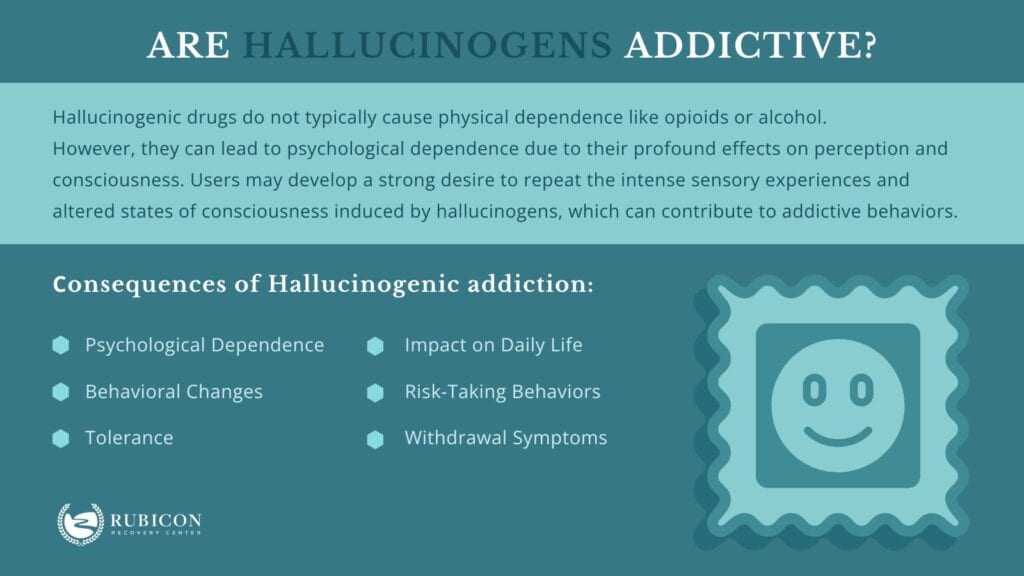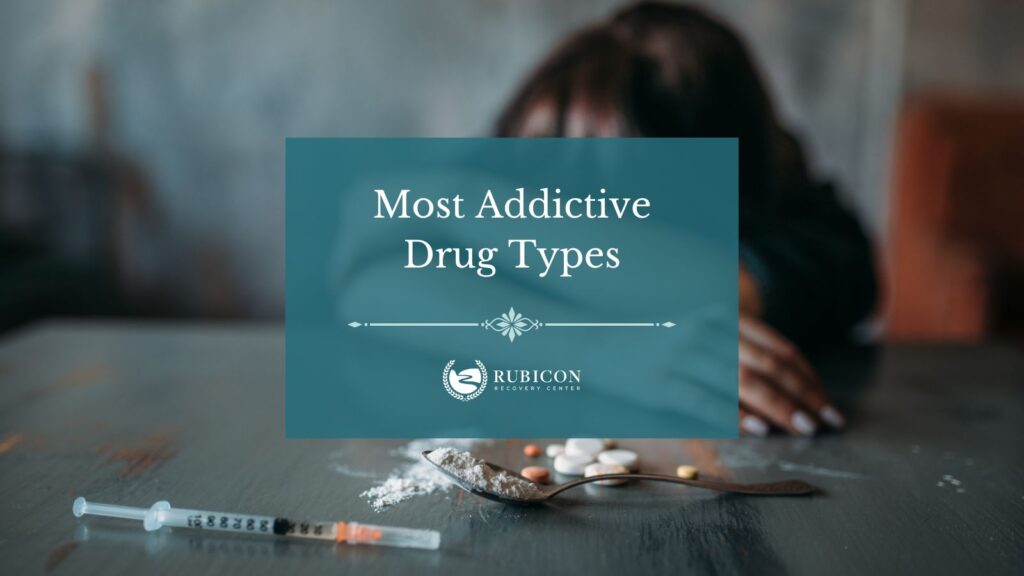According to the National Survey on Drug Use and Health (NSDUH) conducted by the Substance Abuse and Mental Health Services Administration (SAMHSA) in 2019, approximately 19.3 million Americans aged 12 and older battled a substance use disorder in the past year. This number represents approximately 7.4% of the US population.
This addiction concern has led to multiple research works intending to identify the impact of each drug on the physical and mental health of drug users. One such study is the research by Bonnet, et al (2020), titled Ranking the Harm of Psychoactive Drugs Including Prescription Analgesics to Users and Others–A Perspective of German Addiction Medicine Experts. From the study, it was garnered that substances like methamphetamine, heroin, cocaine, and alcohol have been deemed especially detrimental, with their harmful effects well-documented. These negative effects have pushed such drugs up the scale of most addictive drugs.
What are the Top 10 Most Addictive Drugs?
Having reviewed several surveys and research papers on the prevalence of the most addictive drugs, their effects, and their potential to cause hospitalization and overdose deaths, like the 2021 global drug survey that collected data from over 30,000 people, below are the 10 most addictive drugs. Here is a list of 10 drugs that are commonly recognized for their addictive properties:
- Heroin
- Cocaine
- Fentanyl
- Nicotine
- Alcohol
- Benzodiazepines
- Methamphetamine
- MDMA (Ecstasy/Molly)
- Hallucinogens
- Cannabis (Marijuana)
1. Heroin
The opioid crisis has been a significant concern in recent years. In 2019, an estimated 10.1 million people misused prescription opioids, while 745,000 individuals reported using heroin.
Heroin is a highly addictive and illegal opioid drug that is derived from morphine, which itself is extracted from the opium poppy plant. It is classified as a Schedule I controlled substance due to its high potential for abuse and the absence of accepted medical use.
Researchers led by Professor David Nutt ranked addictive substances based on their impact on the brain, in the research paper titled Development of a rational scale to assess the harm of drugs of potential misuse. In the study, heroin was identified as the most addictive drug, scoring a perfect 3 out of 3. Other substances, such as nicotine and cocaine, were also high on the list
Heroin produces intense euphoria and pain relief, leading to a high potential for dependence. It significantly affects the brain’s reward system, increasing dopamine levels and creating strong psychological and physical dependence.
Heroin addiction can have severe consequences for an individual’s health and overall well-being. It is associated with a range of physical and mental health issues, including increased risk of overdose, infectious diseases (such as HIV/AIDS and hepatitis), respiratory problems, collapsed veins, heart infections, and deteriorating social and occupational functioning.
2. Cocaine
Cocaine consistently ranks second or third in overdose deaths, with 32,537 deaths in 2021. According to NIDA’s analysis of data from the National Center for Health Statistics (NCHS), the number of drug overdose deaths involving cocaine has been increasing in recent years. In 2022, there were 27,569 overdose deaths involving cocaine in the United States. The number of cocaine-involved deaths rose by 73.5% from 2019 to 2022.
It is worth noting that the main driver of cocaine-involved overdose deaths is the combination of cocaine with synthetic opioids other than methadone, primarily fentanyl.
Cocaine is a powerful stimulant drug derived from the coca plant. It is classified as a Schedule II controlled substance due to its high potential for abuse and addiction. It inhibits the reuptake of dopamine, serotonin, and norepinephrine, increasing their levels in the brain. This leads to heightened euphoria, energy, and talkativeness. The intense pleasure and reinforcement it provides make it highly addictive.

3. Fentanyl
Synthetic opioids, primarily fentanyl, have seen a rapid increase in overdose deaths. According to the drug overdose statistics published by the Addiction Group shows that, In 2021, there were 70,601 fentanyl-related overdose deaths out of 106,000 drug-related deaths in America that year. This pushes fentanyl up the list, as it is responsible for more than 66% 0of drug-related deaths.
Fentanyl is a potent synthetic opioid that is primarily used for its pain-relieving properties. It belongs to a class of drugs known as opioids, which also includes substances like heroin, oxycodone, and morphine. Fentanyl is estimated to be 50 to 100 times stronger than morphine and is classified as a Schedule II controlled substance due to its high potential for misuse and dependence.
4. Nicotine
The 2021 NSDUH Annual National Report showed that approximately 8.5% of people aged 12 or older in the United States had nicotine dependence in the past 30 days, which translates to about 23.6 million individuals.
The Global Burden of Disease Project estimated that around 1.14 billion people worldwide were smokers in 2019. Although smoking prevalence decreased between 1990 and 2019, the total number of smokers increased due to population growth. It is estimated that smoking-related deaths occur at a rate of approximately one for every 0.8-1.1 million cigarettes smoked, resulting in around 7 million deaths globally
Nicotine is classified as a stimulant drug and acts on the central nervous system when consumed. Nicotine is primarily associated with tobacco addiction and is commonly delivered through smoking cigarettes, cigars, or pipes, as well as using smokeless tobacco products like chewing tobacco or snuff.
Upon inhalation or absorption, nicotine rapidly enters the bloodstream and reaches the brain, where it binds to nicotine receptors. This stimulation leads to the release of various neurotransmitters, including dopamine, which contributes to feelings of pleasure and reward.
5. Alcohol
Alcohol is a legal and widely consumed psychoactive substance that is classified as a central nervous system depressant. It is produced through the fermentation of sugars by yeast. Alcohol is present in various forms, including beer, wine, and spirits, and its consumption is deeply ingrained in many cultures worldwide.
Alcohol is the most commonly used substance, with 35.8% of adults reporting alcohol use in the past 30 days. Approximately 138.522 million Americans aged 12 and over drink alcohol. Alcohol has the potential to cause addiction due to its ability to physically alter the brain’s chemistry and functioning.
According to reports by the NIAAA, the rate of all alcohol-related emergency department visits increased by 47.0% between 2006 and 2014. Estimates suggest that alcohol played a role in at least 7.1% of emergency department visits and 17.4% of deaths due to opioid overdoses in 2020.
The Alcohol-Related Disease Impact application estimates that each year there are more than 178,000 deaths attributable to excessive alcohol use, making alcohol one of the leading preventable causes of death in the United States.

6. Benzodiazepines
These medications are increasingly involved in overdoses, contributing to 12,499 deaths in 2021. Benzodiazepines are a class of prescription medications primarily used to treat anxiety, insomnia, seizures, and muscle spasms. They work by enhancing the effects of a neurotransmitter called gamma-aminobutyric acid (GABA) in the brain, which helps to promote relaxation and reduce excessive brain activity.
In research by Maust, et al (2019) titled Benzodiazepine Use and Misuse Among Adults in the United States, the cross-sectional analysis found that 12.6% of adults reported past-year benzodiazepine use, with 10.4% using them as prescribed and 2.2% misusing them. Misuse accounted for 17.2% of overall benzodiazepine use.
Adults aged 50-64 had the highest prescribed use (12.9%), while those aged 18-25 had the highest misuse (5.2%). Misuse and abuse of prescription opioids or stimulants were strongly associated with benzodiazepine misuse. Benzodiazepine misuse without a prescription was the most common type of misuse, with a friend or relative being the most common source.
7. Methamphetamine
A study led by Dr. Beth Han from the National Institute on Drug Abuse (NIDA) examined data from the 2015-2019 National Surveys on Drug Use and Health (NSDUH) and found that overdose deaths from stimulants other than cocaine, primarily methamphetamine, almost tripled from 2015 to 2019.
The study also revealed a 43% increase in methamphetamine use during the same period. The number of people using methamphetamine and cocaine together increased by 60%, and the number with methamphetamine use disorder increased by 62%. Overdoses involving cocaine and methamphetamine continue to rise rapidly, reaching a combined total of 32,537 deaths in 2021
Methamphetamine (meth) is a highly addictive stimulant drug that affects the central nervous system. It belongs to the amphetamine class of drugs and is chemically similar to amphetamine. Methamphetamine can be found in various forms, including a white powder, pill, or in its crystal form known as “crystal meth.”
8. MDMA
MDMA, also known as ecstasy or Molly, is a synthetic psychoactive drug that is chemically similar to both stimulants and hallucinogens. It produces a combination of stimulant and hallucinogenic effects, leading to increased energy, heightened sensory perception, and enhanced feelings of empathy and emotional openness.
A 2021 publication by NIDA, titled “What is the scope of MDMA use in the United States?” showed that approximately 0.8% of people aged 12 or older in the United States (about 2.2 million individuals) reported using MDMA (Ecstasy) in the past 12 months [1].
Among young people, in 2022, an estimated 0.6% of 8th graders, 0.7% of 10th graders, and 1.4% of 12th graders reported using MDMA in the past 12 months. While it is less
MDMA acts primarily by increasing the activity of three neurotransmitters in the brain: serotonin, dopamine, and norepinephrine. While it is less addictive than the other drugs high up the list, regular use can lead to tolerance and psychological cravings, but it is less likely to cause physical dependence.
9. Hallucinogens

Hallucinogens, also known as psychedelics or hallucinogenic substances, are a class of drugs that produce profound alterations in perception, cognition, and mood. These substances include lysergic acid diethylamide (LSD), psilocybin (found in certain species of mushrooms), dimethyltryptamine (DMT), mescaline (found in peyote cactus and some other plants), and others.
Hallucinogen use among young adults has been relatively stable over the past few decades, but in 2021, 8% of young adults reported past-year hallucinogen use, representing an all-time high since 1988.
Another study by researchers at Columbia University Mailman School of Public Health and Columbia University Irving Medical Center estimated that over 5.5 million U.S. adults used hallucinogens in the past year in 2019. The use of LSD increased between 2002 and 2019, with the past 12-month rate increasing from 0.9% in 2002 to 4% in 2019 for those aged 18-25.
Hallucinogens are not typically considered addictive in the same way as drugs like opioids or stimulants. However, they can still pose risks, particularly in individuals with pre-existing mental health conditions.
10. Cannabis
When cannabis is consumed, typically by smoking or vaporizing, THC enters the bloodstream and binds to cannabinoid receptors in the brain and other parts of the body. This interaction produces a range of effects, including relaxation, euphoria, altered perception of time and space, increased appetite, and potential changes in sensory perception.
A publication by Yale Medicine revealed that about 10% of people who begin smoking cannabis will become addicted, and 30% of current users meet the criteria for addiction. According to reports by WHO, cannabis is the most widely cultivated, trafficked, and abused illicit drug globally. Approximately 147 million people, or 2.5% of the world population, consume cannabis annually.
However, it is ranked 10th on the list due to its lower potential to cause overdose deaths when compared with other substances on the list.
Cannabis use can have both short-term and long-term effects. Short-term effects may include impaired memory, coordination, and judgment, as well as increased heart rate and anxiety in some individuals. Regular, heavy cannabis use may lead to dependence, and in some cases, addiction.
Are You or a Loved One Addicted to Drugs? Get Help Today
If you or a loved one is struggling with drug addiction, you don’t have to face it alone. Rubicon Recovery Center Rehab in NJ is here to help. Our compassionate and experienced team provides comprehensive addiction treatment and support services tailored to your unique needs.
Take that crucial step towards a healthier, happier life. Contact Rubicon Recovery Center today to learn more about our evidence-based treatment programs and start your journey to recovery. There is hope, and we’re here to guide you every step of the way.
Share This Post
